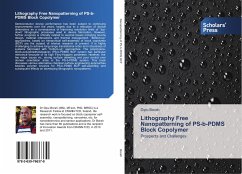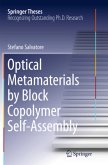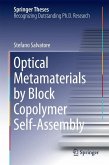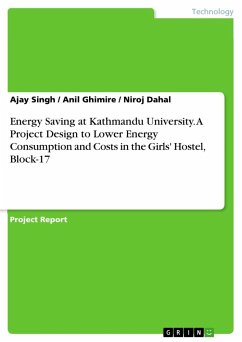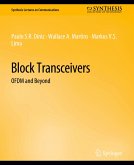Semiconductor device performance has been subject to continuing improvements over the years, largely due to a reduction of device dimensions as a consequence of improving resolution limits of "top-down" lithographic processes used in device fabrication. However, further progress is critically related to several issues including source design, material interactions and thermal management. "Bottom-up" approaches, based on hierarchical self-assembly of block copolymer (BCP) are the subject of intense research at present. It is highly challenging to achieve long-range translational order and robustness of systems fabricated with "bottom-up" approaches. The polystyrene-block-poly(dimethylsiloxane) (PS-b-PDMS) BCP system has particular relevance because of its high Flory-Huggins parameter. However, the two major issues viz., strong surface dewetting and poor control over domain orientation arise in the PS-b-PDMS system. This book discusses various alternative chemical surface engineering approaches besides polymer brushes for PS-b-PDMS BCP self-assembly and subsequent effects on developing lithographic nanopatterns.
Bitte wählen Sie Ihr Anliegen aus.
Rechnungen
Retourenschein anfordern
Bestellstatus
Storno

